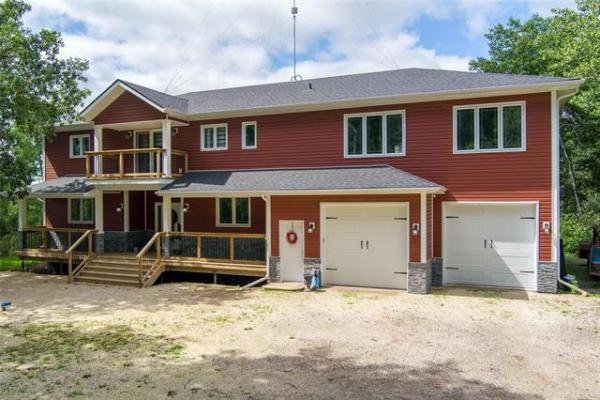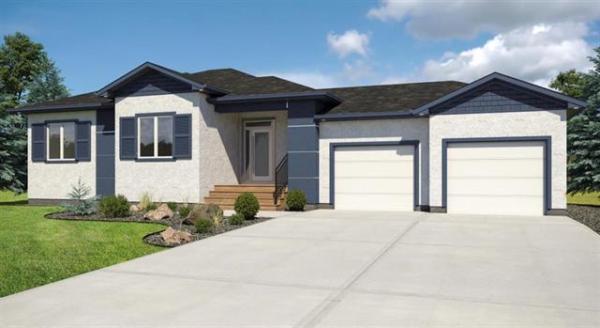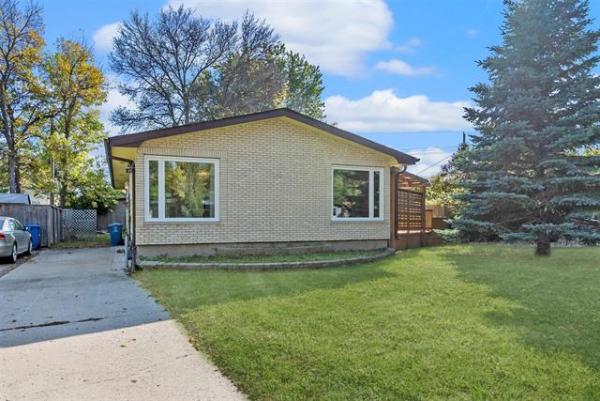
Brad Feinknopf / The Associated Press files
While many manufacturers state that storm doors are not necessary, and may unnecessarily cover up their beautiful doors, most don’t live in our climate..
Question: When our house was about six months old, we noticed the exterior door wasn’t closing symmetrically. It would be snug at the bottom, but shy of closing by about a quarter of an inch at the top. The builder had one of his carpenters try to adjust and shim the door, but that was a failure. The carpenter then removed the door and the frame, prior to stuccoing, trued the frame, installed the door and all was good for a few months. At the time, the carpenter wondered if the two-by-six framing had been particularly green, or bowed, and had caused the door to twist.
We’ve lived with the door for six years now and have decided to replace it, frame and all. I know this requires cutting away the stucco to free the frame, which is not an issue for us. What I am concerned about is: will the new door and frame simply twist again? Any suggestions as to what our carpenter could do to help the new frame stay true? It’s a different carpenter, well thought of, and may have his own ideas about how to manage this.
I did think we’d ask you what you think, and take that to the carpenter when we speak to him, just for more options for us. It would be very nice to have a door that closes easily, with no more de-icing sessions.
— Gerry Jonsson
Answer: Poorly sealing or operating exterior doors may be one of the more common complaints with new homes, and is likely due to poor installation or a defect in the door itself. Reinstallation or replacement of the door should resolve the issue, but the addition of a storm door may also help prevent these issues from reoccurring as well.
Exterior doors on new homes may be one of the rare items in modern construction that may actually prove the old cliché, "they don’t make them like they used to." While modern doors are more energy-efficient, often having a core of foam insulation, the strength, durability and weather resistance may not be as good as an older solid-core wood door. Wood is an excellent material for door construction, but will require regular finishing or painting to prevent deterioration. Other than the maintenance factor and air leakage, older doors may be superior to modern steel or fibreglass versions.
Two of the issues differentiating new pre-hung doors from older versions may be the type of wood used in the door jamb and the thickness. New door jambs are often made of finger-jointed pine, composed of smaller pieces of the soft wood connected together in length. While the finger joints themselves are quite strong, this method allows the use of lower quality and softer wood than traditional Douglas Fir or hardwood common on older homes. The thickness of the jambs may also be smaller, often slightly more than an inch. Older door jambs were normally comprised of a single piece of dadoed fir, with the full sections an inch and a half thick. Dadoeing these thick jambs, rather than nailing on a stop, also increased the strength.
Because of the qualities of the material used for your door jamb, it may have more of a tendency to warp or bow than properly dried and seasoned solid fir. This could occur during or shortly after the manufacturing process, or during shipping or installation. Taking out the originally installed door jamb and reinstalling it plumb and level should have resolved this potential problem, unless the wood has already warped beyond the point of no return. In that case, complete jamb replacement would be required to remedy the ill fitting door.
Even more likely than a warped jamb would be a warped door panel itself. I will assume that the door is a typical steel insulated door, which is normally composed of small softwood rails and styles at the edges and foam insulation in between the steel door skin. Because of the softwood edging — often finger-jointed pine — used to reduce door weight, warping can be quite common. The metal door skins will conduct heat rather than insulate, which can cause a significant temperature differential between the inside skin and the exterior. This alone can cause some warping, especially during our brutally cold winter months. Use of high-quality weather-stripping on the door jambs will minimize air and heat loss by bridging any gaps between the door slab and jambs, but will do little to stop warping. So, replacement of a warped door slab will likely be warranted if jamb re-hanging does not solve the problem.
The one thing that can help to prevent excessive movement or warping on your new exterior door is installation of a storm door on the outside. While many manufacturers state that storm doors are not necessary, and may unnecessarily cover up their beautiful doors, most don’t live in our climate. Even a thin metal storm door installed at the exterior of the brick mould or jamb can help prevent cold wind and snow from directly hitting the face of the door, preventing temperature related warping. If esthetics are a major concern, storm doors can be purchased that are almost completely glass, which will allow fancier door patterns to be visible.
Because of the materials used in modern exterior doors and jambs, meant to reduce weight and air loss, they may have more of a tendency to warp and not operate well with changes in seasonal weather patterns. If removal and reinstallation of the door does not fix your issue, replacement of the complete door assembly — and the addition of a storm door — may be in order.
Ari Marantz is the owner of Trained Eye Home Inspection Ltd. and the past president of the Canadian Association of Home & Property Inspectors — Manitoba (cahpi.mb.ca). Questions can be emailed to the address below. Ari can be reached at 204-291-5358 or check out his website at trainedeye.ca.
trainedeye@iname.com



